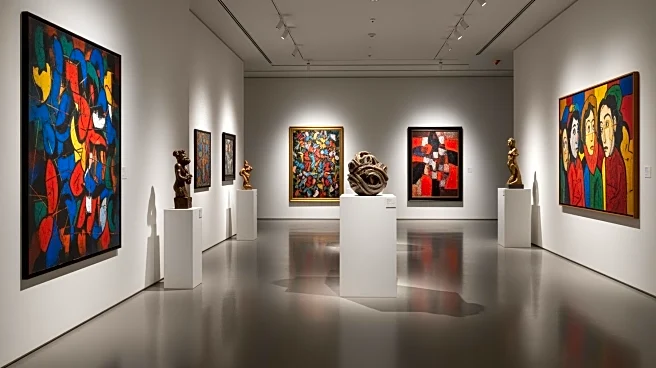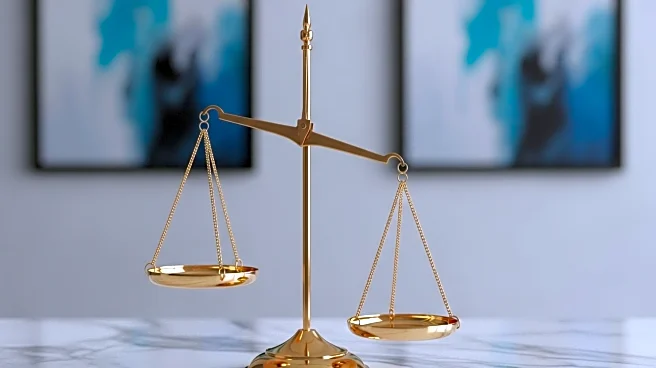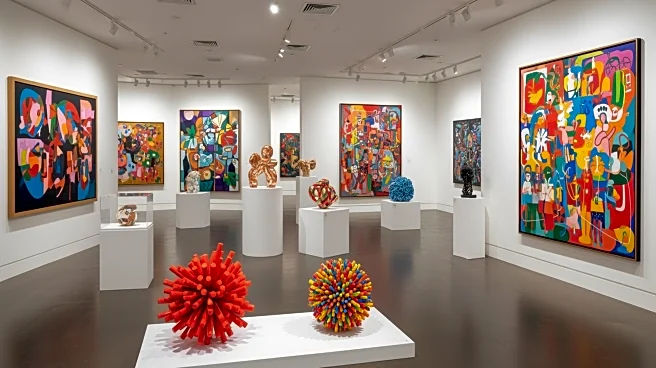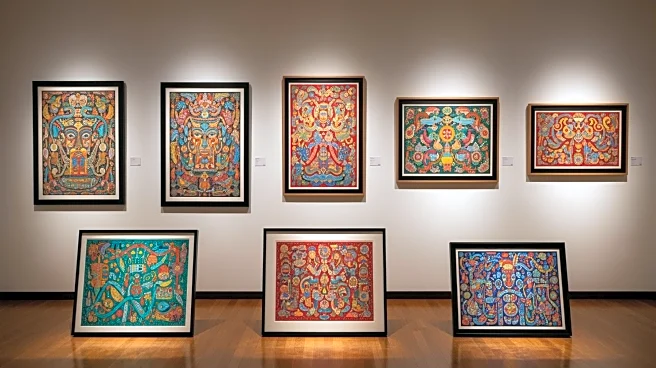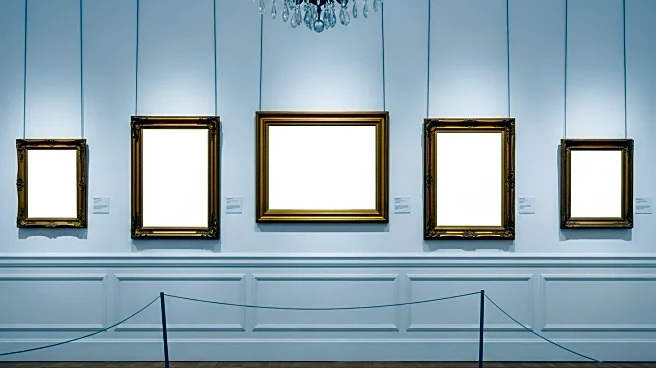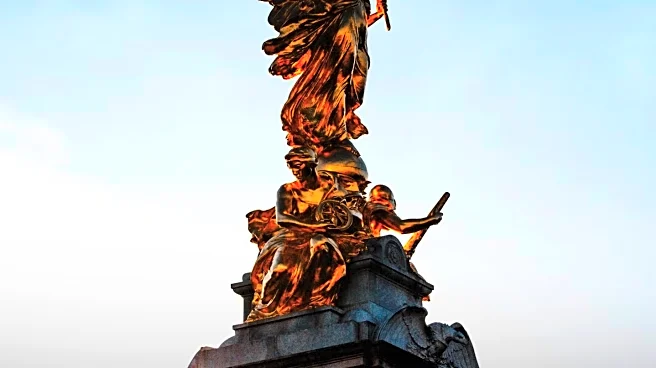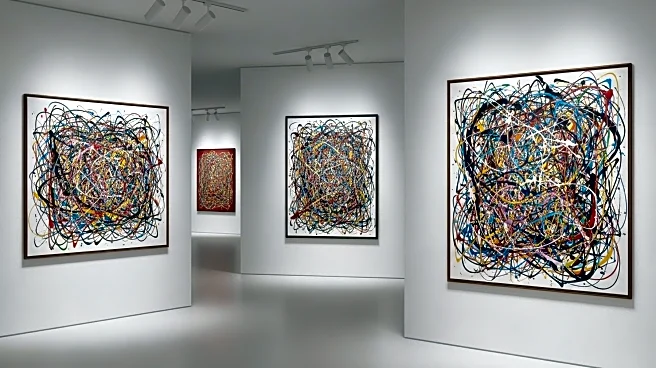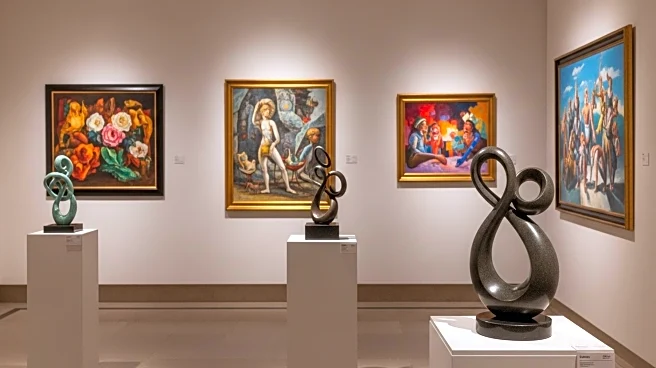What's Happening?
The Artnet Intelligence Report for Mid-Year 2025 reveals that postwar and contemporary art remains the most lucrative category in the art market, generating over $1.8 billion in sales during the first
half of the year. This represents a 12.7 percent decrease compared to the same period in 2024. The report also notes a significant contraction in the ultra-contemporary category, which saw a 31.3 percent drop in sales, totaling $117.2 million. Despite fewer lots finding buyers, the Old Masters category experienced growth, with sales increasing by 24.4 percent to $289.5 million. This growth was partly driven by Sotheby's auction of the Thomas and Jordan Saunders collection, which brought in $65 million, although it fell short of its $80 million low estimate.
Why It's Important?
The report's findings highlight shifting dynamics within the art market, with postwar and contemporary art maintaining its dominance despite a decline in sales. The contraction in ultra-contemporary art sales suggests a cooling interest in newer works, potentially impacting artists and galleries focused on this sector. The growth in the Old Masters category indicates a renewed interest in historical art, which could influence auction strategies and collector preferences. These trends are significant for stakeholders in the art industry, including auction houses, collectors, and investors, as they navigate changing market conditions and adjust their strategies accordingly.
What's Next?
As the art market continues to evolve, stakeholders may need to reassess their focus and investment strategies. Auction houses might prioritize securing high-value collections to capitalize on growing interest in Old Masters, while galleries and artists in the ultra-contemporary sector may need to innovate to attract buyers. The report suggests that market fluctuations could lead to strategic shifts in how art is marketed and sold, potentially influencing future auction outcomes and collector behavior.
Beyond the Headlines
The report underscores the broader implications of market trends on cultural and economic aspects of the art world. The decline in ultra-contemporary sales may reflect broader economic uncertainties affecting discretionary spending on art. Additionally, the resurgence in interest for Old Masters could signal a cultural shift towards valuing historical art, impacting how art is curated and appreciated. These developments may also influence educational and institutional approaches to art history and preservation.
